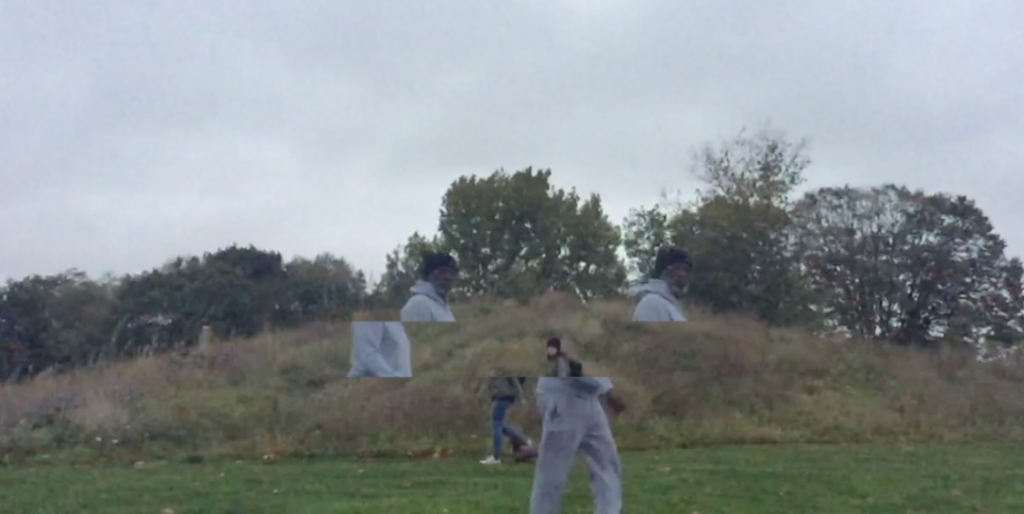Raoul De Keyser
 (1)
(1) (2)
(2)  (3)
(3) (4)
(4)
Raoul De Keyser is a really brilliant painter that I only found out about a few days ago through Paint Club, a student-run group that the painters across all stages of Fine Art at Chelsea have set up to discuss painting not in the context of the contemporary art sphere but just as a process, a medium and a result. De Keyser’s handling of paint itself is beautifully deliberate yet not overworked: he lets paint be paint on a surface, which is something that I’m currently very conscious of (and struggling with) within my own paintings. Although obviously abstract, the shapes in his works are considered and undeniably referential to something in real life, almost recognisable but just out of reach. Again, as with Wade Guyton’s work in my last post, there’s this idea of fracturing and recombining imagery in his work. In the first painting shown above for example, he simply inserts the sky in perfect rectangular blocks into the composition, immediately shifting perception away from anything directly figurative.
Chris Orr
 (5)
(5)
 (6)
(6) (7)
(7)
The composition of Orr’s work, based entirely on found imagery (“vintage magazines, Ladybird storybooks, science textbooks, Old Master paintings, newspaper articles and slides that he has found” (8)) with obvious historical stylistic references, is fairly classical in the way its painted. However, there’s something about the figures within these Turner-esque landscapes that doesn’t quite fit, giving the work a surreal edge. However, what I find most interesting is the orange underpainting.
Lynette Yiadaom-Boakye
 (6)
(6) (7)
(7) (8)
(8)
Lynette Yiadom-Boake creates fictional characters from only scrap drawings, found imagery and her imagination (as with Chris Orr above), yet instills a strong presence within them, one that exists outside of a specific time or place. In a 2010 interview with Nadine Rubin Nathan in the New York Times Magazine, Yiadom-Boakye described her compositions as “suggestions of people…They don’t share our concerns or anxieties. They are somewhere else altogether.” (9) This lack of fixed narrative, although maybe not as severe as the abstract works of De Keyser above, leaves her work open to the projected imagination of the viewer, something that I think will always be an important within my own work.
Corinna Spencer
 (10)
(10) (11)
(11) (12)
(12) (13)
(13)  (14)
(14)  (15)
(15)
Corrina Spencer creates a similar sense of enigma within her dark portraits, but in a more jarring sense. Similar to Yiadom-Boakye, she paints portraits of women, often imaginary but sometimes inspired directly by old photographs, like photo booth pictures, mug shots, wedding photographs and Victorian mourning portraits, sourced on the internet. There’s something so incredibly uncomfortable and smothering about this work yet also a possible humourous side to it, which I find interesting.
(1,2,3,4) The Renaissance Society, Press Release, 2001, Author Unknown
http://www.renaissancesociety.org/exhibitions/424/raoul-de-keyser/
(5,6,7,8) Hauser and Wirth, Press Release, 2007
https://www.hauserwirth.com/exhibitions/20/christopher-orr/view/
(6,7,8,9)Jack Shaman Gallery, Artist Profile, 2014, Author Unknown
http://www.jackshainman.com/artists/lynette-yiadom-boakye/
(10,11,12,13,14,15,16) Gresle, Y., Corrina Spencer:1000 Portraits, 2015
https://writinginrelation.wordpress.com/2015/07/20/corinna-spencer/
